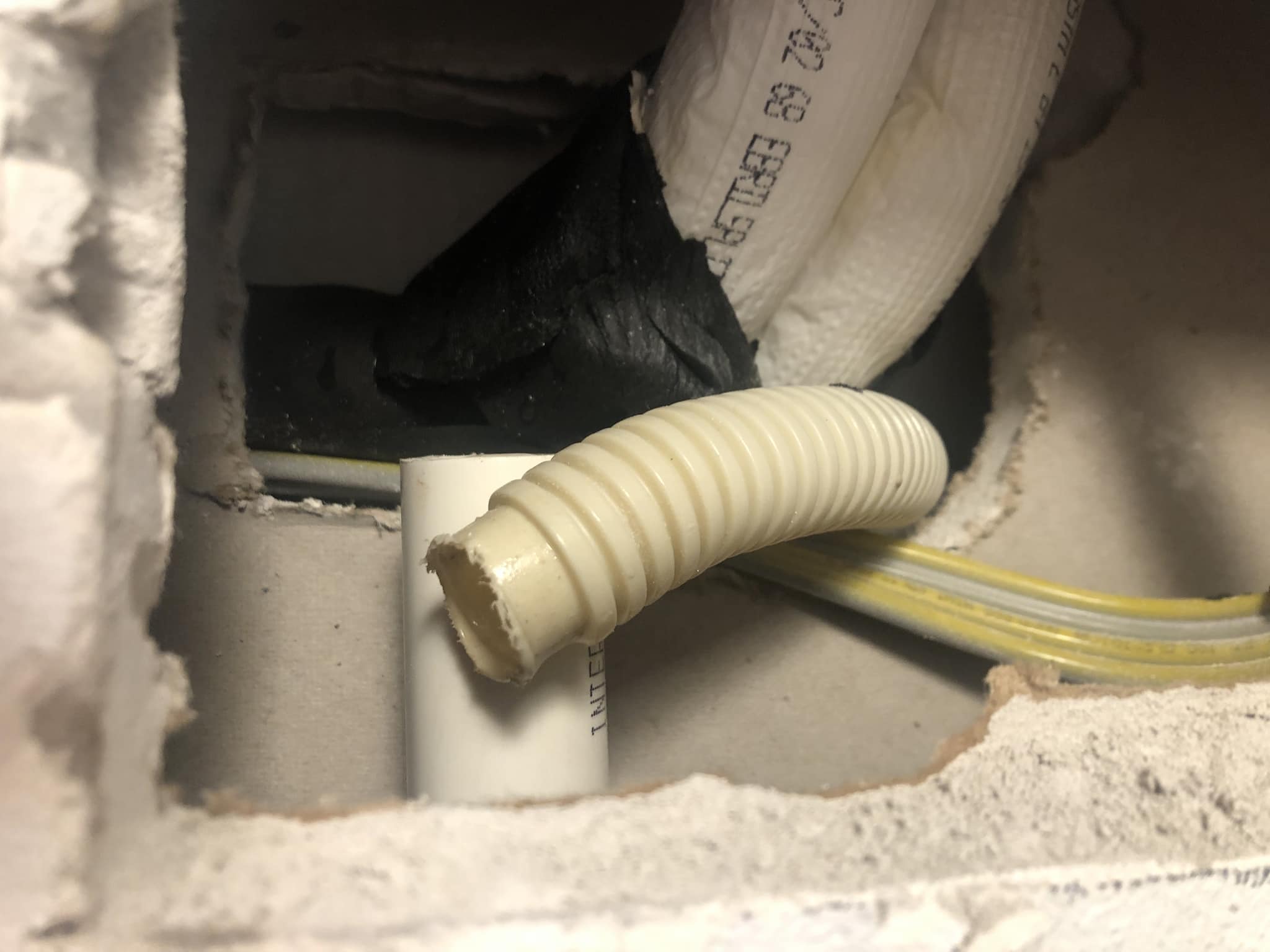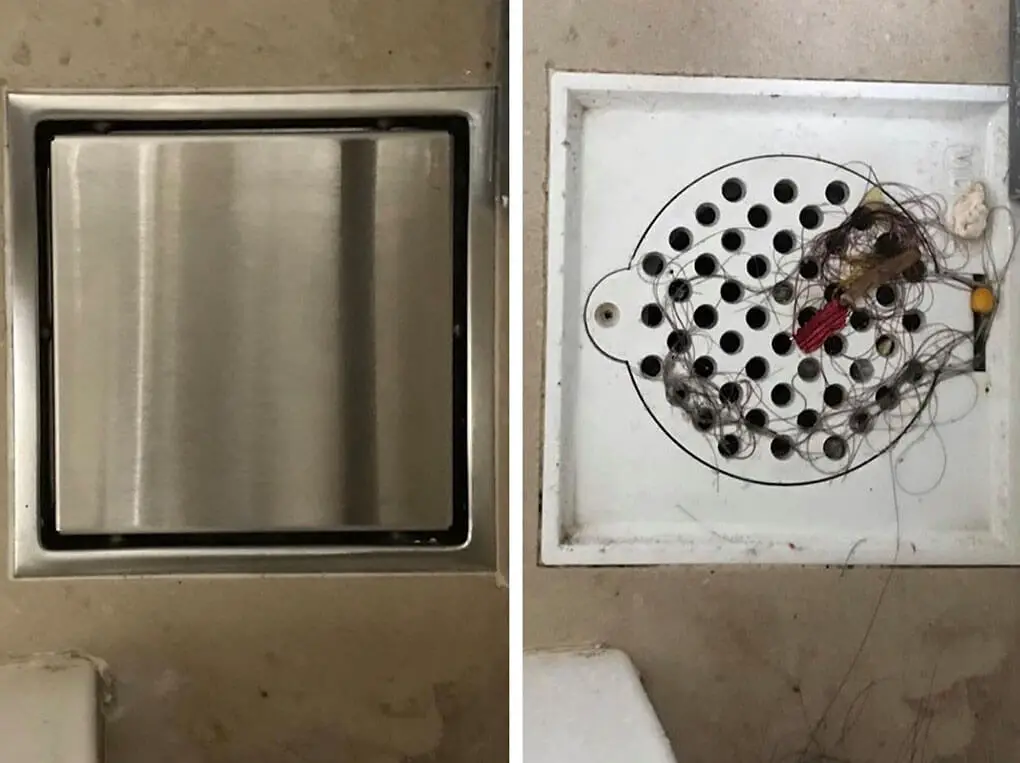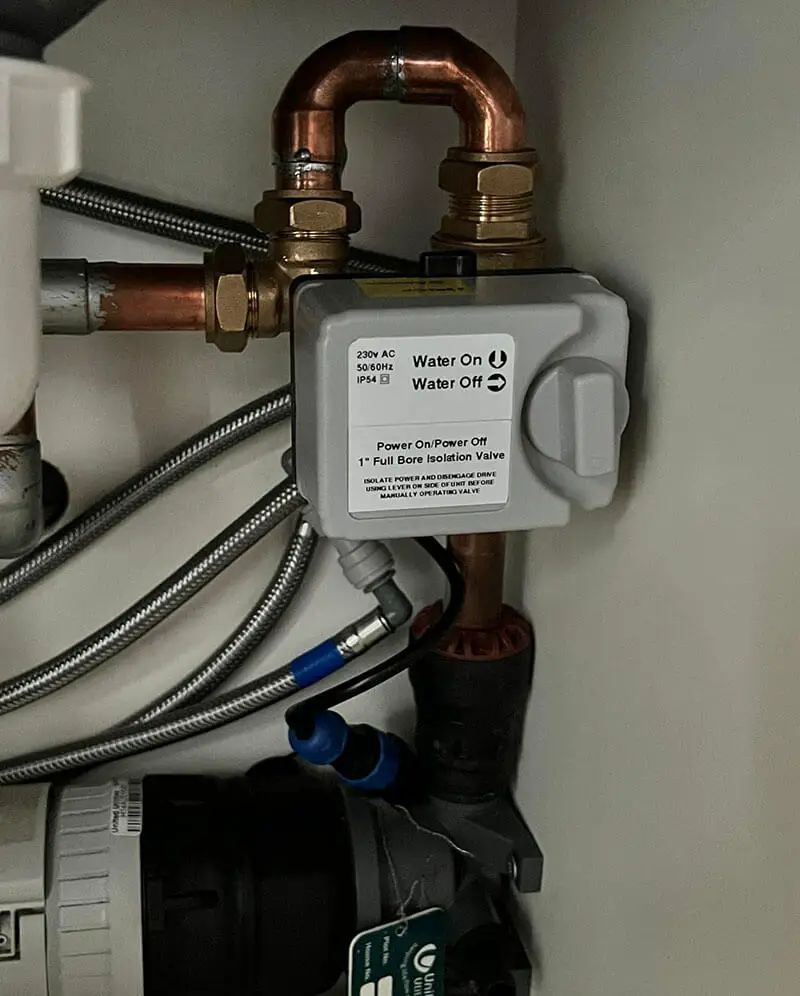It takes thirty seconds to ten minutes to drain the regular house pipes like sinks and bathtubs. And sometimes, it might take an hour if there are any issues. Besides, three factors, such as pipe size or type, layout, water volume, and flow rate, come into play while draining your house pipe.
If I were to drain the sink or toilet house pipes, it wouldn’t take more than two minutes. But if the situation changes and I have to drain bathtubs, It will take around ten minutes. Yes, and if you’re draining the primary house pipe or system, it will take fifteen to an hour, depending on the factors, issues in place, and how you’re draining it.
I will discuss all these, so don’t sweat! Let’s get into it!

Quick Jump
Factors Affecting Drainage Time of House Pipes
As you can guess, depending on a few factors, your house pipe drainage time might vary. If it’s taking way too long, it could be any of these factors that I’ll discuss in the following sections.
That’s why no one can say for sure what might be causing the drainage time to be faster or slower until someone can fully inspect them. Let’s see those factors!
Factor #1: Pipe Size and Layout
Here is a fact that you might already know your plumbing system is a network of interconnected pipes. And, of course, the diameter of these pipes matters, and larger pipes, like main sewer lines, allow water to flow more quickly compared to smaller branch pipes leading to sinks and toilets.
A larger diameter allows more water to flow through at once, reducing drainage time. In my previous home, I had a main drainage line that was wider than the pipes connecting my sinks, and the main line would drain faster because of its larger diameter.
Factor #2: Water Volume
Think about emptying a small bucket versus emptying a swimming pool. You can already guess that the amount of water in your plumbing system directly impacts drainage time.
If you’re just draining a single sink, it’ll be faster than draining multiple fixtures simultaneously, including toilets, sinks, and showers.
Factor #3: Water Flow Rate
I am assuming you have already visited a water park or seen a slide. As you know, if the slide is steep, you zoom down fast. The same goes for pipes; a steeper slope means water moves faster.
On the other hand, less steep pipes might slow things down. So, those downward-sloping pipes can clear out quicker than those more level.
These are major factors that directly affect drainage time. But, besides that, if there is something clogged in your pipes or any issues, that will slow down your drainage time. I will discuss that in a later section.
Estimated Drainage Times of House Pipes in Different Situations

Depending on which house pipe is being drained, the time might differ. I guess It will be clearer if I give you some situations, and you will clearly understand what is happening.
Let’s talk about different sinks first.
- You’ve just finished doing dishes, and you pop the drain open. Typically, a regular sink takes around 2 minutes to drain out fully.
- In the morning or at night, after brushing your teeth, that bathroom sink might take about 1 minute to clear out.
- Bathtubs usually take anywhere from 5 to 7 minutes to drain, depending on how deep you go into your thoughts.
On the other hand, let’s discuss toilet flush for a minute. Yes, you won’t wait for a toilet to drain, but the flush and refill cycle usually takes 2 to 3 minutes.
Lastly, If you live in a single-story home, you’re looking at roughly 20 to 30 minutes to drain your entire plumbing system. But, if it’s a multi-story home, it might take a bit longer, over 30 to 45 minutes, due to the vertical plumbing layout.
Here is a table of all the house pipes and their drainage time.
| House Pipe | Drainage Time |
| Sink (Regular/bathroom) | 2 minutes (max) |
| Bathtub | 5 to 7 minutes |
| Toilets | 2 to 3 minutes |
| Main Plumbing System (Single/Multi-Story) | One Hour (Max) |
How Do You Completely Drain Water Pipes?
It’s absolutely crucial to drain your water pipes completely after a couple of months or so. It might sound like a massive hassle, but I can assure you it’s not.
Here are all the necessary steps you need to take to drain the water pipes completely.
But, before that, you might need a few tools, like a pair of pliers or a wrench, a bucket or container, and towels.
- First, locate the main water shut-off valve. You will find it near the water line that enters your house.
- Open up all the faucets in your house, and yes, I mean ALL of them, including sinks, showers, and even that outside spigot. Don’t forget the hot and cold taps.
- Now that your faucets are open, it’s time to run outside and open the lowest faucet in the house.
- Turn off the water heater’s gas or power, then hook a hose to the drain valve. Open that valve, and let that water heater empty out.
- Lastly, head back inside and check on those open faucets. They should be sputtering and spluttering as they empty.
What Are the Problems Faced While Draining House Pipes?

It’s time to talk about the hiccups like clogs and blockages, slow draining, airlocks issues, older plumbing systems, and sewer line issues that can sometimes throw a wrench in your plans when draining those house pipes.
Here is a fact for you, according to the data, the average cost of cleaning or clearing these issues might cost you $250 or more, depending on the situation.
But don’t worry! Every problem’s got a solution, and I’m here to lay it all out for you!
Issue #1: Clogs and Blockages
our pipes can get a bit picky when faced with things they shouldn’t handle, like hair, food scraps, or even your long-lost earring. These can gather and create stubborn clogs that slow down or completely block drainage.
In that case, you can use drain screens to catch debris before they venture into the abyss. If you’re already stuck in clogged land, try a plunger, a plumbing snake, or a mixture of baking soda and vinegar to break down the blockage.
Issue #2: Slow Draining
At least once in your life, you felt like you were watching a slo-mo movie while waiting for your sink to drain. Slow drainage can happen due to the accumulation of gunk, mineral deposits, or even tree roots infiltrating underground pipes.
For those pesky mineral deposits, vinegar works wonders.
Issue #3: Hidden Ventilation Issues
Your pipes need air to breathe, or rather, to properly drain. If the ventilation system is blocked or inadequate, your pipes try to sip through a straw with a kink.
In that case, ensure your plumbing vents are clear of debris or critter nests. If things are complicated, your trusty plumber can sort it out.
Issue #4: Older Plumbing Systems
Aging pipes might not have the same spring in their step as they used to. Rust, corrosion, and wear and tear can decrease drainage efficiency.
If you’ve got pipes from the last century, it might be time for an upgrade. New pipes mean improved flow and fewer headaches down the line.
These are mostly major issues that homeowners face. Besides, there could be issues with the slope of the pipes. If the pipes aren’t properly sloped, water can pool and drain slower than a tortoise in molasses.
Tips for Efficiently Draining House Pipes
Let’s be honest! You and I know most of the tips and tricks for efficiently draining house pipes. But you know that it’s more about maintaining and knowing. It’s more about consistently maintaining rules that might save you tons of hassle and keep your house pipes clean and clear.
- First off, let’s talk about prevention. Pop in some sink strainers or stoppers to catch those sneaky food scraps and hair clumps.
- Once in a while, fill your sinks and tubs, then release the water with a flourish that will help clear out small gunk build-ups and keep things flowing snazzily.
- Grease is like a villain in a superhero movie for your pipes. Never pour cooking oils down the sink.
- Toilet paper is your friend, but too much of a good thing can lead to a toilet tantrum.
- Your garbage disposal can’t handle everything. Chop up bigger food bits into smaller pieces before tossing them in.
Wrap Up
Your drainage system is a crucial part of your house that helps keep everything running smoothly. And draining system needs to be at its hundred percent, and draining house pipes is a must thing occasionally.
I not just discussed the draining time but also talked about the factors, how to do it, and additional tips. I hope these will help you keep your house pipes working at their best.
Good luck!

Chino is an accomplished Founder and Home Improvement Contractor with a passion for transforming living spaces into beautiful, functional, and comfortable homes. With years of experience in the industry, he has established himself as a reputable expert in the field, earning the trust and admiration of numerous clients.
